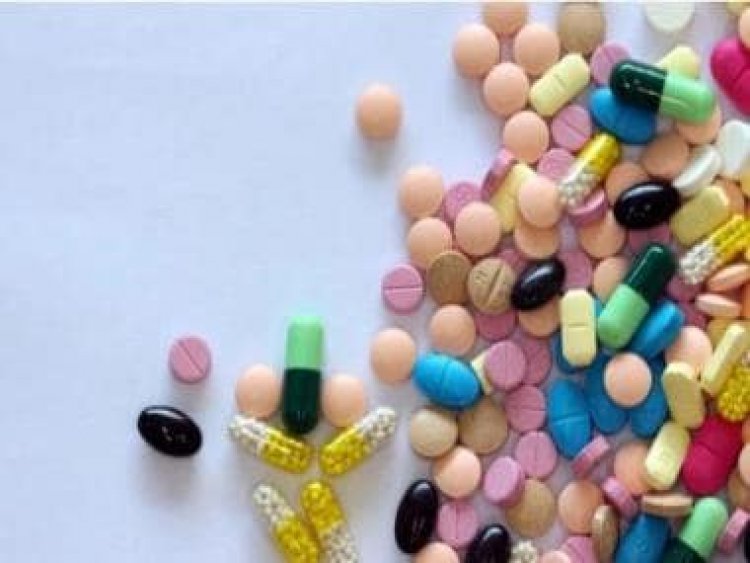Menace of drug counterfeiting: Rising threat to global health
Menace of drug counterfeiting: Rising threat to global health

In today’s time, we are battling an increased disease burden due to several factors including poor lifestyle. Drugs or medications are the primary aid for mitigation of disease risk and improvement of quality of life. With the demand for drugs and pills growing exponentially, there is also a rise in the sale of substandard or fake medicines. Counterfeit drugs are not only fatal to health but also act as a deterrent to the growth of the pharmaceutical sector. According to the World Health Organization (WHO), at least 10% of medicines available in the world are likely to be counterfeit.
In India, the COVID-19 crisis has amplified the risks of rising global trade in counterfeit medicines. Criminal syndicates took advantage of the pandemic and people’s vulnerability to sell more substandard and falsified medical products. The Authentication Solution Providers’ Association (ASPA), in its 2022 report, found that during COVID-19, counterfeiting incidents of pharma products were detected in 23 out of 29 states and 7 union territories with a jump of 47% from 2020 to 2021.
Impact on health and wealth
In most developing countries like India, open markets are the key source of purchase for most pharmacies and hospitals. Without any focused law or inspection in these areas, it makes drug monitoring and product recall a challenge. Adding to the problem, consumers are essentially unaware of the dangers of purchasing counterfeit drugs from illegal online pharmacies. According to the WHO, 50% of the drugs for sale on the internet are fake. Without regulatory oversight and alluring discounts on offer with easy accessibility, the sale of counterfeit medications is extremely rampant. With rising prices of medicines, these online pharmacies often lure consumers by quoting lower prices while selling substandard products that may be harmful. Moreover, it impacts the trust of the customers in modern medicine, pushing them towards other options which may be equally harmful or not scientific.
People taking counterfeit medicines are putting their lives at risk as these products can have adverse effects like toxicity from incorrect or ineffective ingredients. Moreover, spurious/falsely-labelled/falsified/counterfeit (SFFC) drugs can cause treatment failure, enhance drug resistance and increase morbidity/mortality rates. Counterfeit medicines not only affect the financial stability of patients but also impact legitimate pharma through huge financial and reputation loss.
Counterfeit products also affect medical and pharmaceutical research in the long run as it produces skewed and inaccurate data that impact vital decision-making processes during clinical management. It may prove to be life-threatening in certain cases as well.
Tackling the problem
Technology plays an important role in combating counterfeiting. Multi-technology approach including layers of overt, covert, digital, and analytical technologies will help address counterfeiting and tampering through a strategy of prohibition, authentication, and digital verification. One of the steps taken by the government is mandatory QR codes on packages of active pharmaceutical ingredients (APIs) with effect from January 2023. QR codes on APIs will help locate the pharmaceutical firms and the history of the product, including data on raw material source, tampering, and the final delivery of the product. The QR code scanner is connected to a software that contains price records of all brands and is regulated by The National Pharmaceutical Pricing Authority. Pharmaceutical companies should also work towards making customers aware of fake medicines, introduce unique packaging and build a robust track and trace system using digital solutions like artificial intelligence (AI) and blockchain to gain complete control over the supply chain.
Counterfeiting is a global problem of enormous scale. No country or organisation can single-handedly fight against counterfeiting without a collaborative approach. Though there are many strategies in place, only a few are effective. Counterfeiting becomes rampant in areas where there is a high demand for drugs combined with inadequate surveillance, quality control and regulations. Therefore, regular audits help address any concerns during the manufacturing process.
In India, fake drugs are sold under the name of the original pharmaceutical firm, which is unaware of it. There is a need for transparency and implementation of stringent rules after a fake or substandard quality medicine is seized. Currently, as per the procedure, the Drugs Controller General of India (DCGI) issues a directive labelling the drug as ‘not of standard quality’ without specifying if it was substandard or fake. The source of the spurious drug remains unchallenged and those responsible are not punished. This, in turn, tarnishes the image of the original manufacturer.
A country-wide campaign through a partnership between government and private entities is also the need of the hour to make patients and caregivers aware of the risks and the precautionary steps that should be taken to verify the legitimacy of the medicines they buy.
The author is a Resident, General Surgery, Pramukh Swami Medical College, Karamsad, Gujarat
Read all the Latest News, Trending News, Cricket News, Bollywood News,
India News and Entertainment News here. Follow us on Facebook, Twitter and Instagram.
What's Your Reaction?



























































